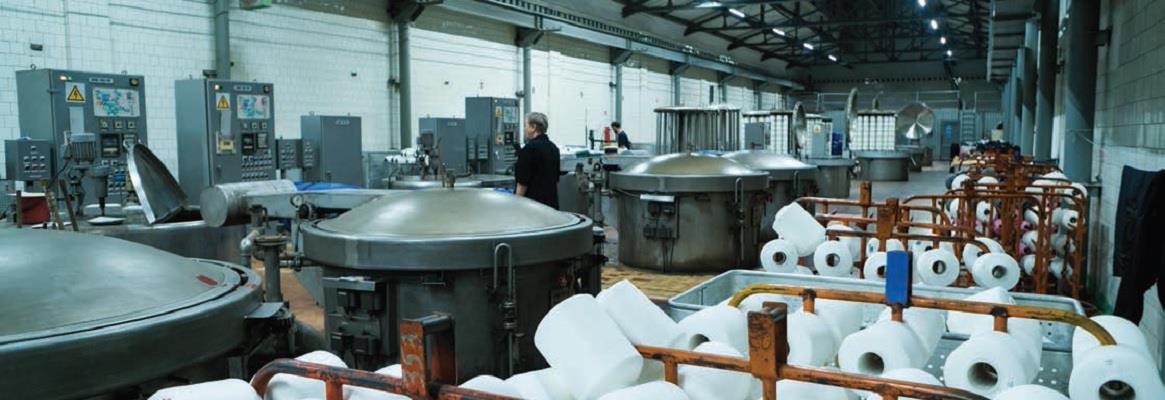The nature of a circular economy makes trust and collaboration crucial, because each part of the value chain is connected. We can only solve the overall problem if we understand the individual challenges. The idea is to retain as much of their value as possible and so reduce, and if possible, exclude, the need for virgin materials.
Sustainability is not only about replacing resources in the production of materials or improving the durability of products. Rather, a complex set of aspects must be considered. Focusing on only one aspect of a problem solves only one part of it. This can create so-called ‘phantom solutions’, because every adjustment you make to improve a product’s sustainability impacts another aspect. Instead, you need to also look at the connections between the various aspects of sustainability. It is impossible to figure out what a ‘green future’ will look like unless you have all the information at hand and look at specific aspects of sustainability individually.
The problem is that we don’t have enough information to make informed choices. This knowledge gap is our biggest challenge. We need research and we need to work together to create transparency about materials and production processes. We need to understand each other’s products and the entire value chain, and what really happens to a product after use. To truly move forward, we have to both ‘zoom in’ and ‘zoom out’ to understand the different aspects of sustainability.
To read the complete article, order your copy of Sustainability Compendium now









Comments